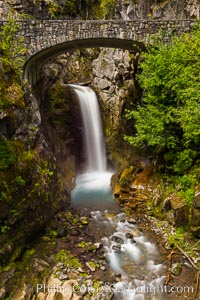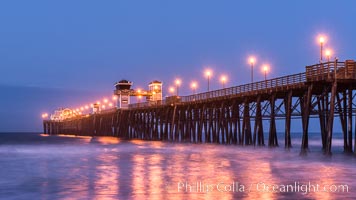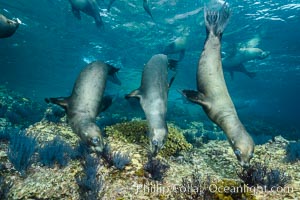
California sea lions underwater, Sea of Cortez, Mexico.
Species: California sea lion, Zalophus californianus
Location: Sea of Cortez, Baja California, Mexico
Image ID: 31205
Species: California sea lion, Zalophus californianus
Location: Sea of Cortez, Baja California, Mexico
Image ID: 31205
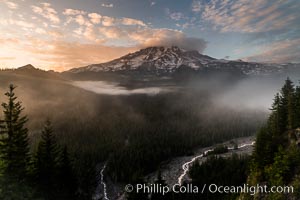
Mount Rainier sunset, viewed from Ricksecker Point.
Location: Ricksecker Point, Mount Rainier National Park, Washington
Image ID: 28722
Location: Ricksecker Point, Mount Rainier National Park, Washington
Image ID: 28722
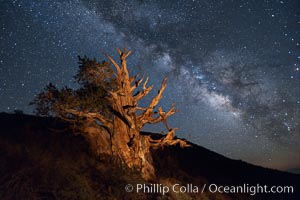
Stars and the Milky Way rise above ancient bristlecone pine trees, in the White Mountains at an elevation of 10,000' above sea level. These are some of the oldest trees in the world, reaching 4000 years in age.
Species: Bristlecone pine, Pinus longaeva
Location: Ancient Bristlecone Pine Forest, White Mountains, Inyo National Forest, California
Image ID: 27772
Species: Bristlecone pine, Pinus longaeva
Location: Ancient Bristlecone Pine Forest, White Mountains, Inyo National Forest, California
Image ID: 27772
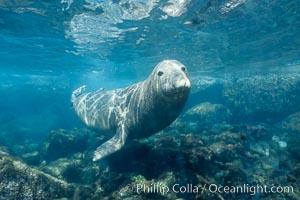
A northern elephant seal hovers underwater over a rocky bottom along the coastline of Guadalupe Island.
Species: Elephant seal, Mirounga angustirostris
Location: Guadalupe Island (Isla Guadalupe), Baja California, Mexico
Image ID: 03505
Species: Elephant seal, Mirounga angustirostris
Location: Guadalupe Island (Isla Guadalupe), Baja California, Mexico
Image ID: 03505
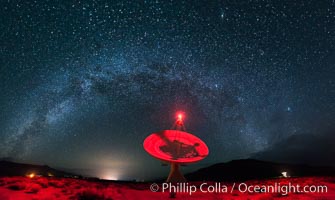
The OVRO 40 meter Telescope, part of the Owens Valley Radio Observatory located near Big Pine, California, USA. The telescope is used to conduct interferometric observations along with the other telescopes in the observatory, as a Very Long Baseline Interferometry (VLBI) station and as a single dish instrument. Its main focus today is on the monitoring of blazars.
Location: Big Pine, California
Image ID: 28796
Panorama dimensions: 7153 x 11978
Location: Big Pine, California
Image ID: 28796
Panorama dimensions: 7153 x 11978

California Sea Lion pup playing on top of its resting mother, La Jolla, California.
Species: California sea lion, Zalophus californianus
Location: La Jolla, California
Image ID: 36580
Species: California sea lion, Zalophus californianus
Location: La Jolla, California
Image ID: 36580
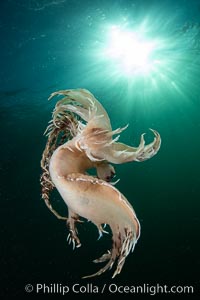
Dendronotus iris swimming nudibranch, Browning Pass, Vancouver Island.
Species: Dendronotus iris
Location: British Columbia, Canada
Image ID: 35275
Species: Dendronotus iris
Location: British Columbia, Canada
Image ID: 35275
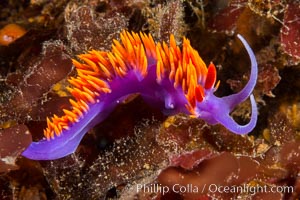
Spanish shawl nudibranch.
Species: Spanish Shawl Nudibranch, Flabellinopsis iodinea
Location: San Diego, California
Image ID: 34196
Species: Spanish Shawl Nudibranch, Flabellinopsis iodinea
Location: San Diego, California
Image ID: 34196
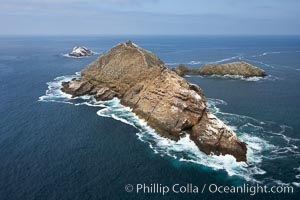
Middle Coronado Island, viewed from the south.
Location: Coronado Islands (Islas Coronado), Baja California, Mexico
Image ID: 21322
Location: Coronado Islands (Islas Coronado), Baja California, Mexico
Image ID: 21322
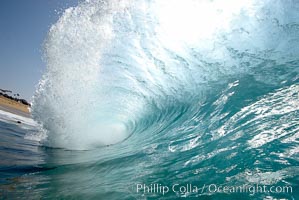
A wave, breaking with powerful energy, at the Wedge in Newport Beach.
Location: The Wedge, Newport Beach, California
Image ID: 16988
Location: The Wedge, Newport Beach, California
Image ID: 16988
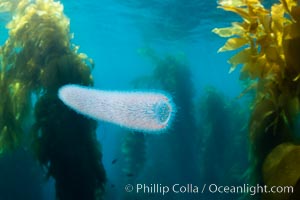
Pyrosome drifting through a kelp forest, Catalina Island. Pyrosomes are free-floating colonial tunicates that usually live in the upper layers of the open ocean in warm seas. Pyrosomes are cylindrical or cone-shaped colonies made up of hundreds to thousands of individuals, known as zooids.
Location: Catalina Island, California
Image ID: 37166
Location: Catalina Island, California
Image ID: 37166
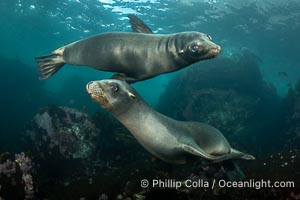
California Sea Lions Underwater, Coronado Islands, Baja California, Mexico.
Species: California sea lion, Zalophus californianus
Location: Coronado Islands (Islas Coronado), Baja California, Mexico
Image ID: 36480
Species: California sea lion, Zalophus californianus
Location: Coronado Islands (Islas Coronado), Baja California, Mexico
Image ID: 36480
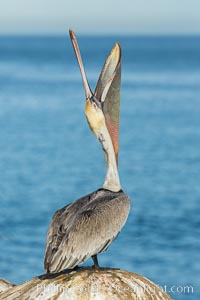
California Brown Pelican head throw, stretching its throat to keep it flexible and healthy. Note the winter breeding plumage, olive and red throat, yellow head.
Species: Brown Pelican, Pelecanus occidentalis, Pelecanus occidentalis californicus
Location: La Jolla, California
Image ID: 30327
Species: Brown Pelican, Pelecanus occidentalis, Pelecanus occidentalis californicus
Location: La Jolla, California
Image ID: 30327
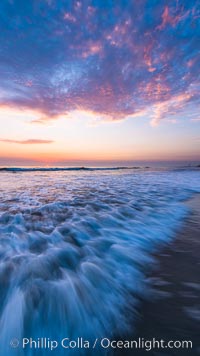
Waves rush in at sunset, Carlsbad beach sunset and ocean waves, seascape, dusk, summer.
Location: Carlsbad, California
Image ID: 27971
Location: Carlsbad, California
Image ID: 27971
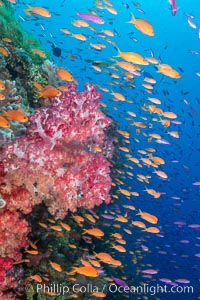
Brilliantlly colorful coral reef, with swarms of anthias fishes and soft corals, Fiji.
Species: Anthias, Dendronephthya soft coral, Dendronephthya, Pseudanthias
Location: Bligh Waters, Fiji
Image ID: 34795
Species: Anthias, Dendronephthya soft coral, Dendronephthya, Pseudanthias
Location: Bligh Waters, Fiji
Image ID: 34795
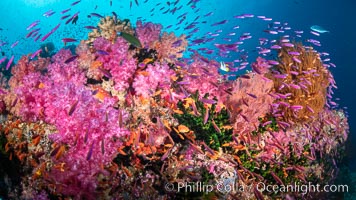
Vibrant displays of color among dendronephthya soft corals on South Pacific reef, reaching out into strong ocean currents to capture passing planktonic food, Fiji.
Species: Dendronephthya soft coral, Dendronephthya
Location: Vatu I Ra Passage, Bligh Waters, Viti Levu Island, Fiji
Image ID: 34882
Species: Dendronephthya soft coral, Dendronephthya
Location: Vatu I Ra Passage, Bligh Waters, Viti Levu Island, Fiji
Image ID: 34882
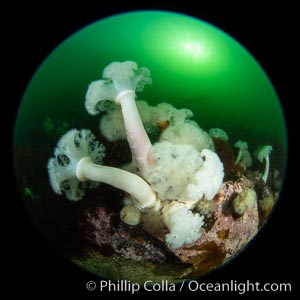
Beautiful tableau of cold water invetebrate life on a Vancouver Island reef, Browning Pass.
Species: Giant plumose anemone, Metridium farcimen
Location: British Columbia, Canada
Image ID: 35302
Species: Giant plumose anemone, Metridium farcimen
Location: British Columbia, Canada
Image ID: 35302
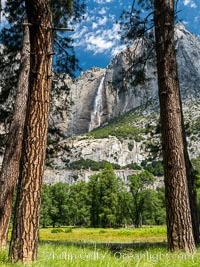
Yosemite Falls framed by Pine Trees, Cook's Meadow, Yosemite National Park.
Location: Yosemite National Park, California
Image ID: 36360
Location: Yosemite National Park, California
Image ID: 36360
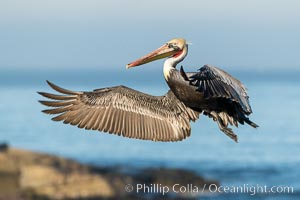
California Brown Pelican In Flight, La Jolla California.
Species: Brown Pelican, Pelecanus occidentalis, Pelecanus occidentalis californicus
Image ID: 36622
Species: Brown Pelican, Pelecanus occidentalis, Pelecanus occidentalis californicus
Image ID: 36622
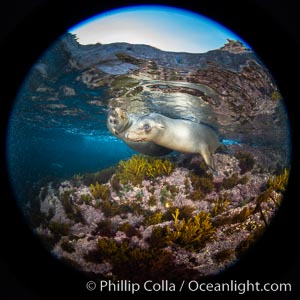
California sea lions underwater, Coronados Islands, Baja California, Mexico.
Species: California sea lion, Zalophus californianus
Location: Coronado Islands (Islas Coronado), Baja California, Mexico
Image ID: 34581
Species: California sea lion, Zalophus californianus
Location: Coronado Islands (Islas Coronado), Baja California, Mexico
Image ID: 34581

Tiny fish, unidentified, Browning Pass, Vancouver Island.
Location: British Columbia, Canada
Image ID: 35315
Location: British Columbia, Canada
Image ID: 35315
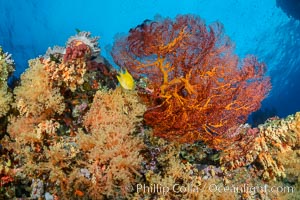
Sea fan gorgonian and dendronephthya soft coral on coral reef. Both the sea fan gorgonian and the dendronephthya are type of alcyonacea soft corals that filter plankton from passing ocean currents.
Species: Dendronephthya soft coral, Gorgonian, Dendronephthya, Gorgonacea
Location: Fiji
Image ID: 31444
Species: Dendronephthya soft coral, Gorgonian, Dendronephthya, Gorgonacea
Location: Fiji
Image ID: 31444
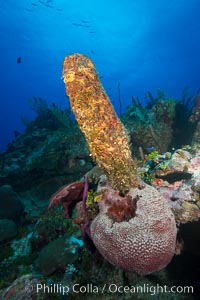
Sponges on Caribbean coral reef, Grand Cayman Island.
Location: Grand Cayman, Cayman Islands
Image ID: 32173
Location: Grand Cayman, Cayman Islands
Image ID: 32173
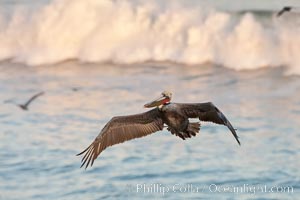
California pelican in flight, soaring over the ocean. The wingspan of this large ocean-going seabird can reach 7' from wing tip to wing tip.
Species: Brown Pelican, Pelecanus occidentalis, Pelecanus occidentalis californicus
Location: La Jolla, California
Image ID: 23652
Species: Brown Pelican, Pelecanus occidentalis, Pelecanus occidentalis californicus
Location: La Jolla, California
Image ID: 23652
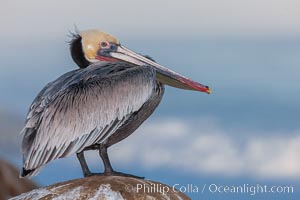
Portrait of California brown pelican, with the characteristic winter breeding plumage shown: red throat, yellow head and dark brown hindneck.
Species: Brown Pelican, Pelecanus occidentalis, Pelecanus occidentalis californicus
Location: La Jolla, California
Image ID: 23654
Species: Brown Pelican, Pelecanus occidentalis, Pelecanus occidentalis californicus
Location: La Jolla, California
Image ID: 23654
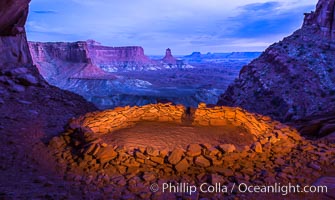
False Kiva at Sunset, Canyonlands National Park, Utah.
Location: False Kiva, Canyonlands National Park, Utah
Image ID: 28017
Location: False Kiva, Canyonlands National Park, Utah
Image ID: 28017
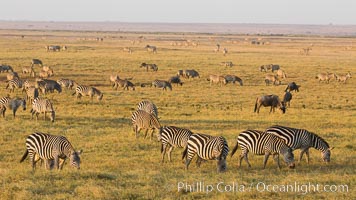
Zebra, Amboseli National Park, Kenya.
Species: Zebra, Equus quagga
Location: Amboseli National Park, Kenya
Image ID: 29595
Species: Zebra, Equus quagga
Location: Amboseli National Park, Kenya
Image ID: 29595
